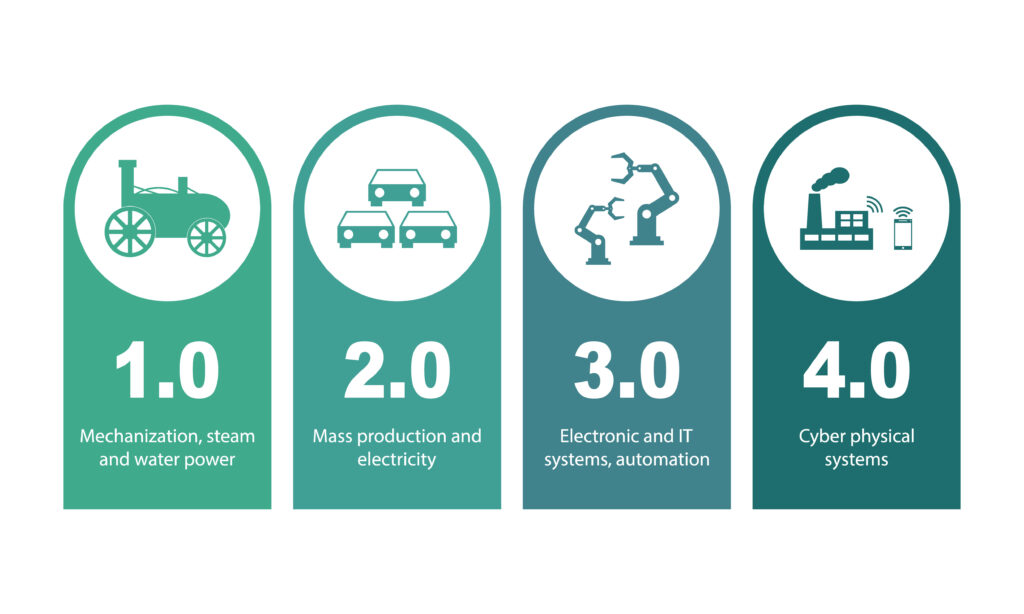
The Power of STEM: Pivotal Moments in History
The power of STEM: Science, Technology, Engineering, and Mathematics (STEM) have been the bedrock of human progress, shaping our world in profound ways. As educators, it’s crucial to illuminate these moments to inspire and engage students, showing them how STEM has played pivotal roles in historical events. Here, we explore a few significant instances where STEM transformed the course of history.
The Industrial Revolution: A Technological Tsunami

Educational Insight: Highlighting the interplay between technological innovation and social change can help students understand the broader impact of STEM fields. Discuss the societal shifts, urbanization, and the emergence of new job sectors resulting from these advancements.
The Advent of Electricity: Lighting Up the World
The late 19th and early 20th centuries saw another transformative period with the advent of electricity. Thomas Edison’s development of the electric light bulb and Nikola Tesla’s advancements in alternating current (AC) electricity were monumental. These innovations not only improved daily life but also spurred further technological developments.
Educational Insight: Encourage students to explore the process of scientific discovery and technological development. Projects on creating simple electric circuits or studying the principles of electromagnetism can make this period of history come alive.
The Space Race: Reaching for the Stars

The mid-20th century brought the Space Race, a period of intense competition between the United States and the Soviet Union. The launch of Sputnik by the Soviet Union in 1957 and the subsequent Apollo 11 moon landing in 1969 were landmark events. These achievements were a testament to the power of STEM, involving complex engineering, advanced mathematics, and cutting-edge technology.
Educational Insight: Use the Space Race to illustrate the collaborative nature of STEM. Group projects simulating a mission to Mars or building model rockets can foster teamwork and problem-solving skills, mirroring the collaborative efforts of scientists and engineers during this era.
The Information Age: Revolutionizing Communication
The latter part of the 20th century and the beginning of the 21st century witnessed the rise of the Information Age. The development of the internet, spearheaded by pioneers like Tim Berners-Lee, and the creation of personal computers revolutionized how we communicate, access information, and conduct business.
Educational Insight: Introduce students to basic coding and digital literacy. Exploring the history and impact of the internet can provide context for its importance in contemporary life, helping students appreciate the ongoing evolution of technology.
The Human Genome Project: Unlocking the Code of Life
One of the most ambitious scientific endeavors of the late 20th and early 21st centuries was the Human Genome Project. Completed in 2003, this project mapped the entire human genome, opening new frontiers in medicine and biology. It has paved the way for advancements in personalized medicine, biotechnology, and our understanding of human genetics.
Educational Insight: Discuss the interdisciplinary nature of this project, involving biology, computer science, and mathematics. Hands-on activities like DNA extraction experiments or exploring genetic traits can make genetics tangible and relevant for students.
Bridging Past and Future: Inspiring the Next Generation

By examining these pivotal moments in history, educators can show students the profound impact of STEM on our world. Each event underscores the importance of curiosity, innovation, and collaboration. Here are some strategies to make these lessons more engaging:
- Interactive Projects: Encourage students to recreate historical experiments or build models of technological innovations.
- Field Trips and Guest Speakers: Visits to science museums or talks by STEM professionals can provide real-world context.
- Cross-disciplinary Approaches: Integrate history lessons with science and math projects to show the interconnectedness of these fields.
- Use of Multimedia: Leverage documentaries, interactive simulations, and virtual reality to bring historical events to life.
By connecting the dots between STEM and history, we can inspire students to appreciate the transformative power of these fields and perhaps even envision themselves as future innovators shaping the world.
STEM has played a critical role in shaping historical events, driving progress, and transforming societies. As educators, we have the unique opportunity to inspire the next generation by highlighting these pivotal moments. Through engaging lessons and hands-on activities, we can show students the enduring impact of STEM and ignite their passion for these vital fields.
Back to Blog

